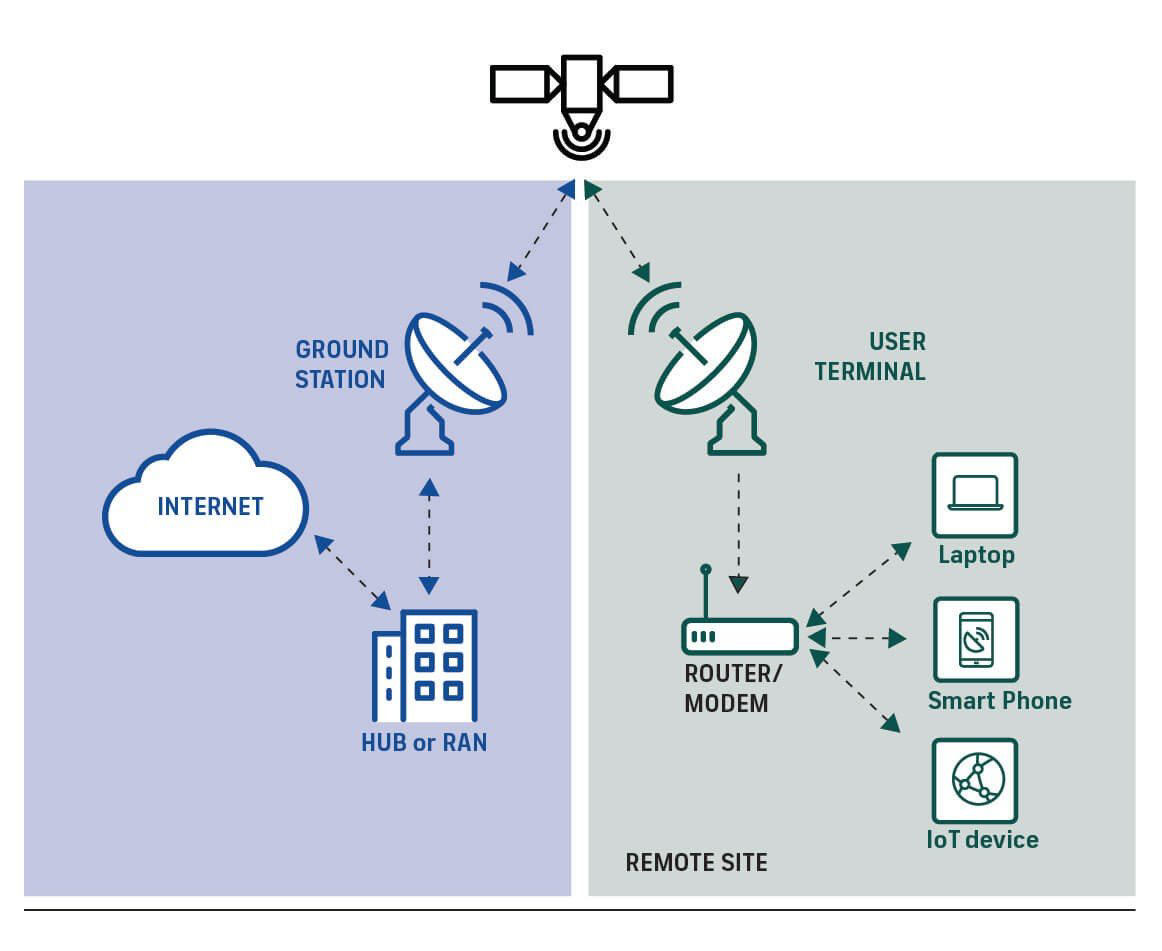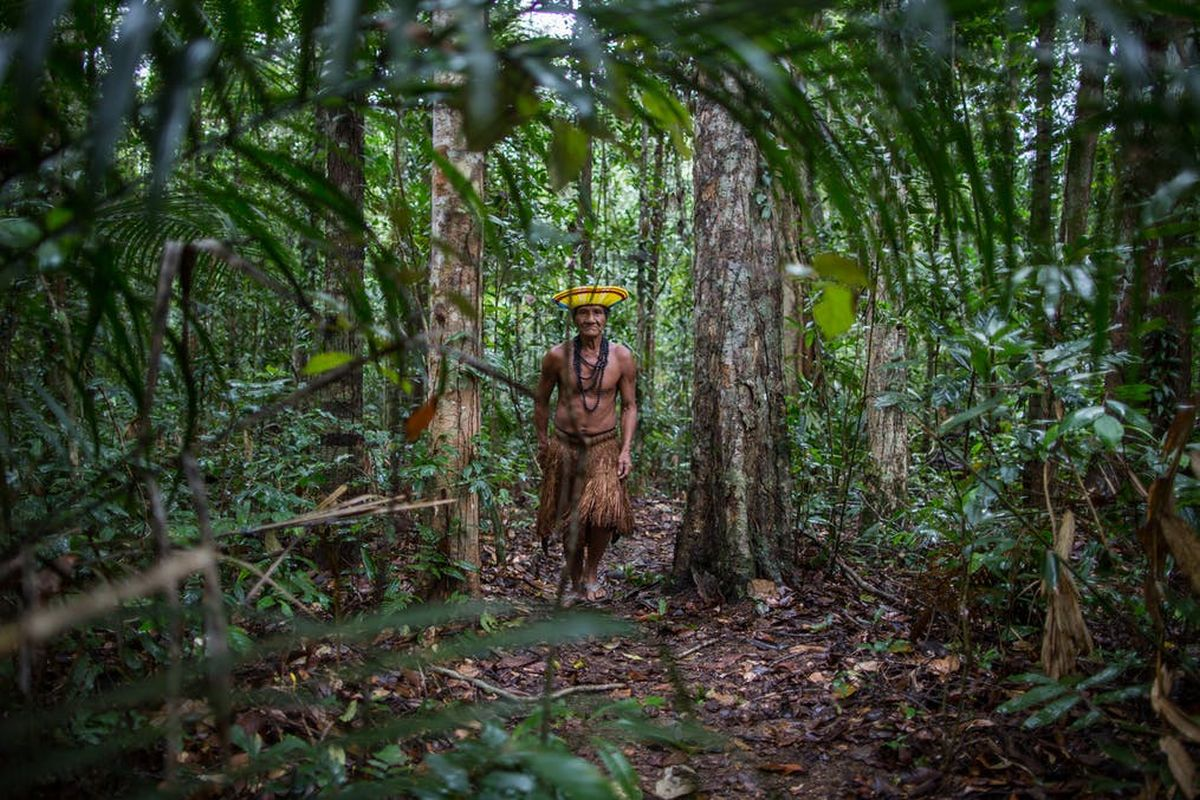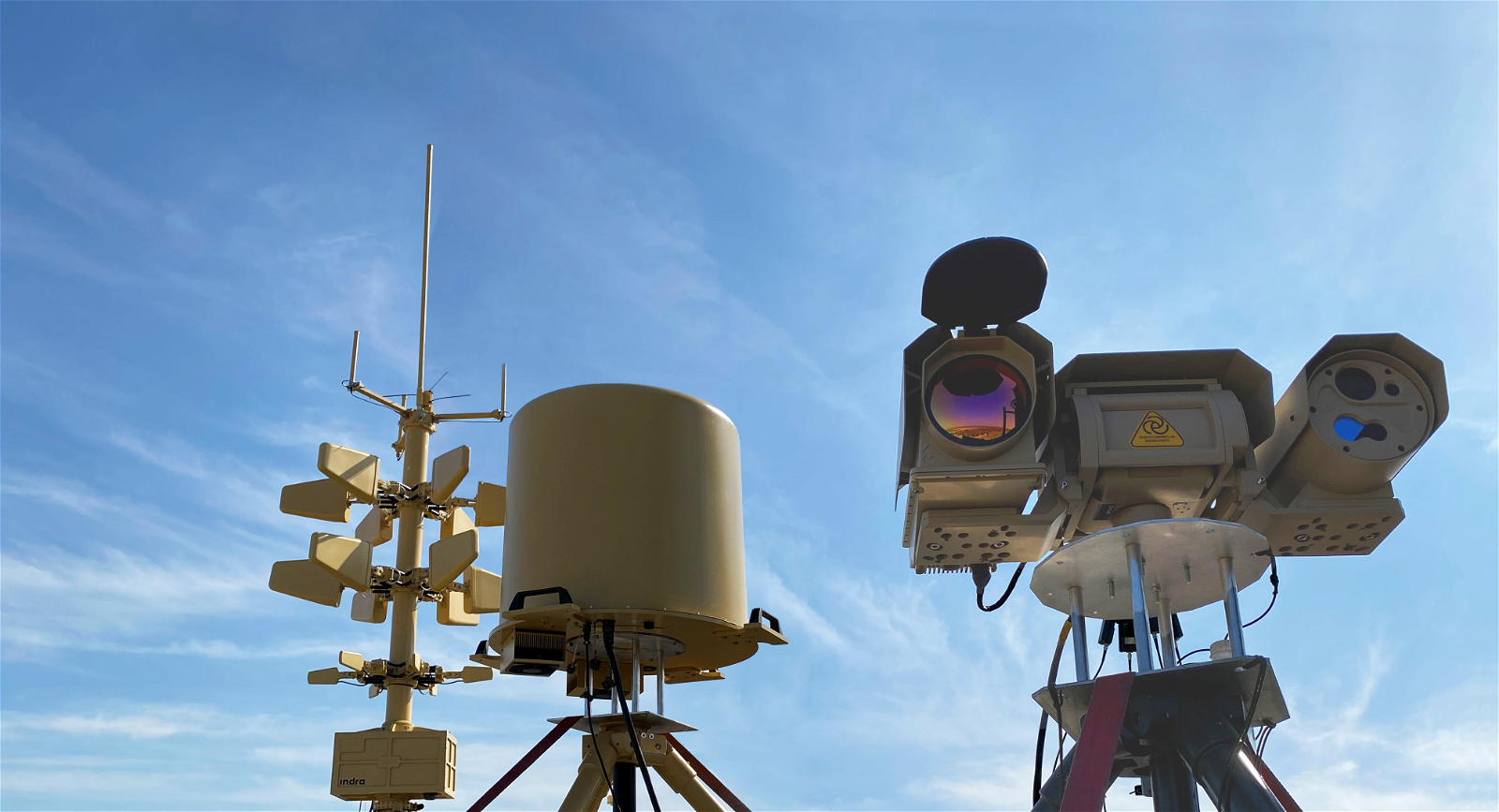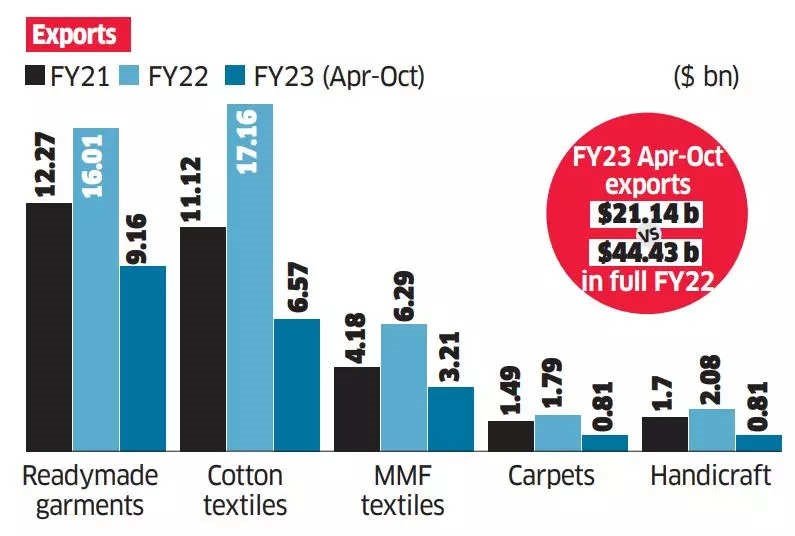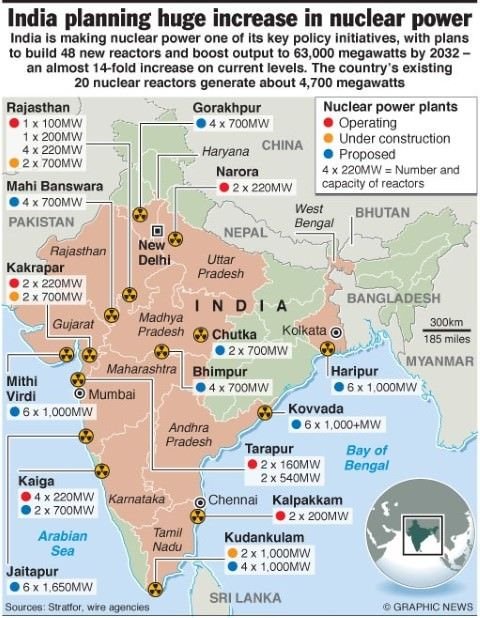
V-SAT (Very Small Aperture Terminal) Stations
Subscribers of "Current Affairs" course can Download Daily Current Affairs in PDF/DOC
Subscribe to Never Miss an Important Update! Assured Discounts on New Products!
Must Join PMF IAS Telegram Channel & PMF IAS History Telegram Channel
- Context (TH): The Ministry of Tribal Affairs is partnering with ISRO for a pilot project, deploying V-SAT (Very Small Aperture Terminal) stations in approximately 80 tribal villages across Jharkhand, Madhya Pradesh, Odisha, and Maharashtra.
- This initiative aims to provide internet services to these tribal areas.
V-SAT (Very Small Aperture Terminal) stations
- It is a two-way satellite ground station enabling communication for voice, data, and video signals.
- VSATs handle both narrowband data and broadband data.
- Narrowband data: Credit card transactions, polling, RFID data, or SCADA
- Broadband data: Satellite Internet access, VoIP, or video.
- They find use in providing connectivity to remote locations, supporting transportable or on-the-move communications and enabling mobile maritime communication.
How does VSAT work?
- VSAT operates with a transceiver and an indoor device.
- A user’s computer connects to an outdoor antenna via a indoor device (box).
- The transceiver in the antenna sends and receives signals to and from a satellite transponder through a hub station on Earth.
- All transmissions pass through the hub station before being retransmitted via the satellite to reach the end user’s VSAT.
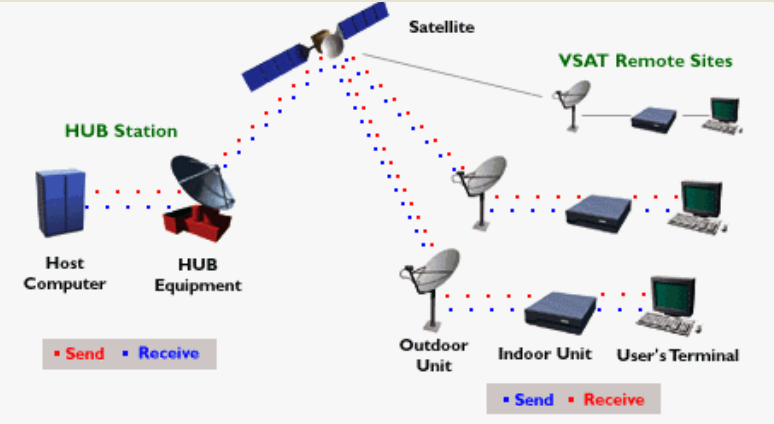
Advantages
- VSAT is cost-effective, lightweight, and operates with low transmission power.
- It utilizes satellite signals, eliminating the need for physical links like Ethernet cables, reducing structural risks.
- VSAT serves as a backup for wired networks during failures and functions independently for local telecommunication networks.
- It can be easily installed in remote locations with minimal infrastructure needs, redirecting satellite signals through a central hub to various locations.
Disadvantages
- VSATs suffer from latency due to the time delay in signals traveling between space and the ground, especially noticeable in two-way communication.
- Weather conditions and obstructions like buildings or trees can cause signal distortion between the satellite and earth station.
Other steps taken for the development of Tribal communities
|




![PMF IAS Environment for UPSC 2022-23 [paperback] PMF IAS [Nov 30, 2021]…](https://pmfias.b-cdn.net/wp-content/uploads/2024/04/pmfiasenvironmentforupsc2022-23paperbackpmfiasnov302021.jpg)

